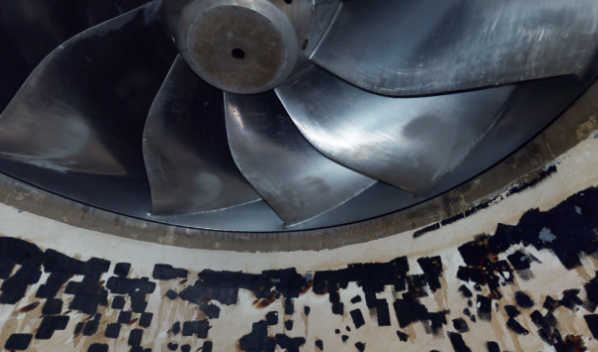
Arizona State University (ASU) has joined forces with the Salt River Project (SRP) to embark on two research projects focused on preserving and maintaining value of the hydropower assets on SRP’s watershed,.
Student researchers studying under Assistant Professor Ricardo Eiris at ASU’s School of Sustainable Engineering and the Built Environment are to conduct the research, which has been funded by SRP grants.
The first project focuses on harnessing the power of lidar technology to comprehensively assess the condition of hydropower turbines located at Horse Mesa and Mormon Flat dams. These turbines have served SRP's energy needs since the 1970s and are substantial, weighing upwards of 40 tons each.
By employing high-definition imaging, ASU researchers are gaining invaluable insights into the wear and tear these turbines have endured over decades of operation. This data enables the development of precise maintenance schedules and timelines for eventual asset replacement.
The second ASU-led project is focused on the implementation of Digital Twin technology. ASU researchers, in collaboration with SRP, are working to create a "Level 3 Predictive Twin." This advanced technology aims to set a new standard for proactive maintenance and modernization across SRP's hydropower fleet.
Digital Twin technology combines physical asset modeling with data analytics, effectively creating a virtual replica of real hydropower generation resources. This dynamic simulation provides unprecedented insights and predictions, enabling proactive decision-making.
The potential applications of this technology are far-reaching. It could significantly enhance the function and extend the lifespan of SRP's power generation assets while simultaneously improving safety protocols across multiple SRP divisions.